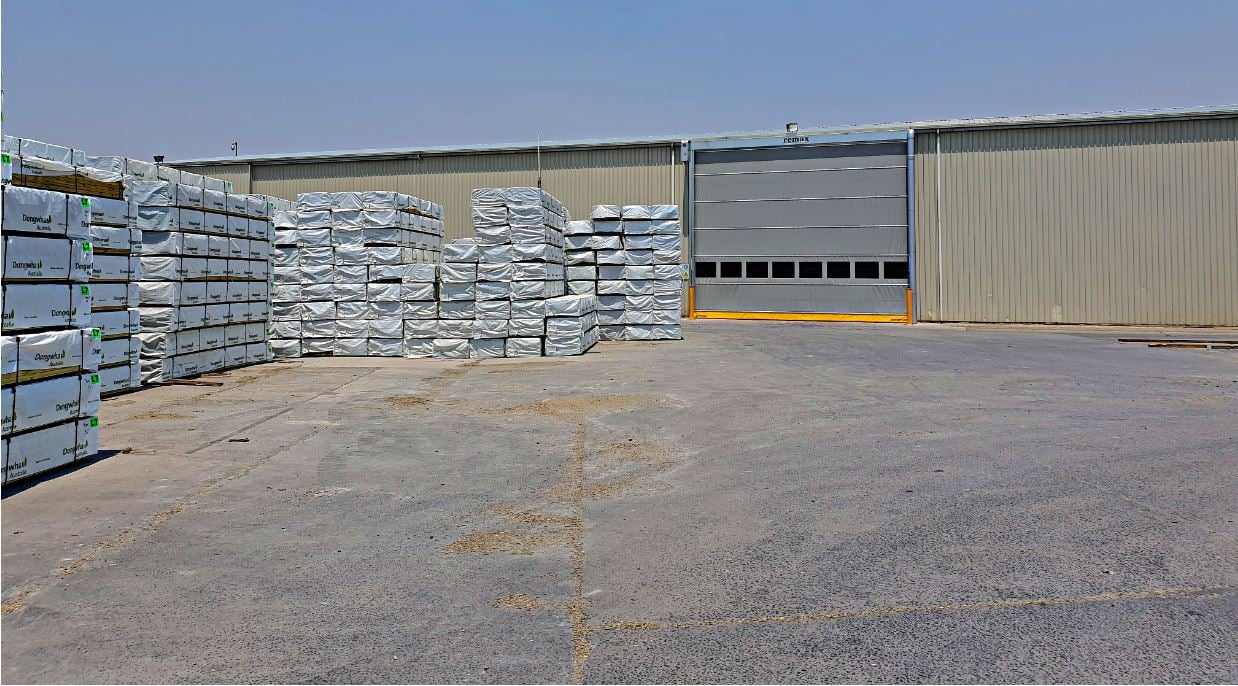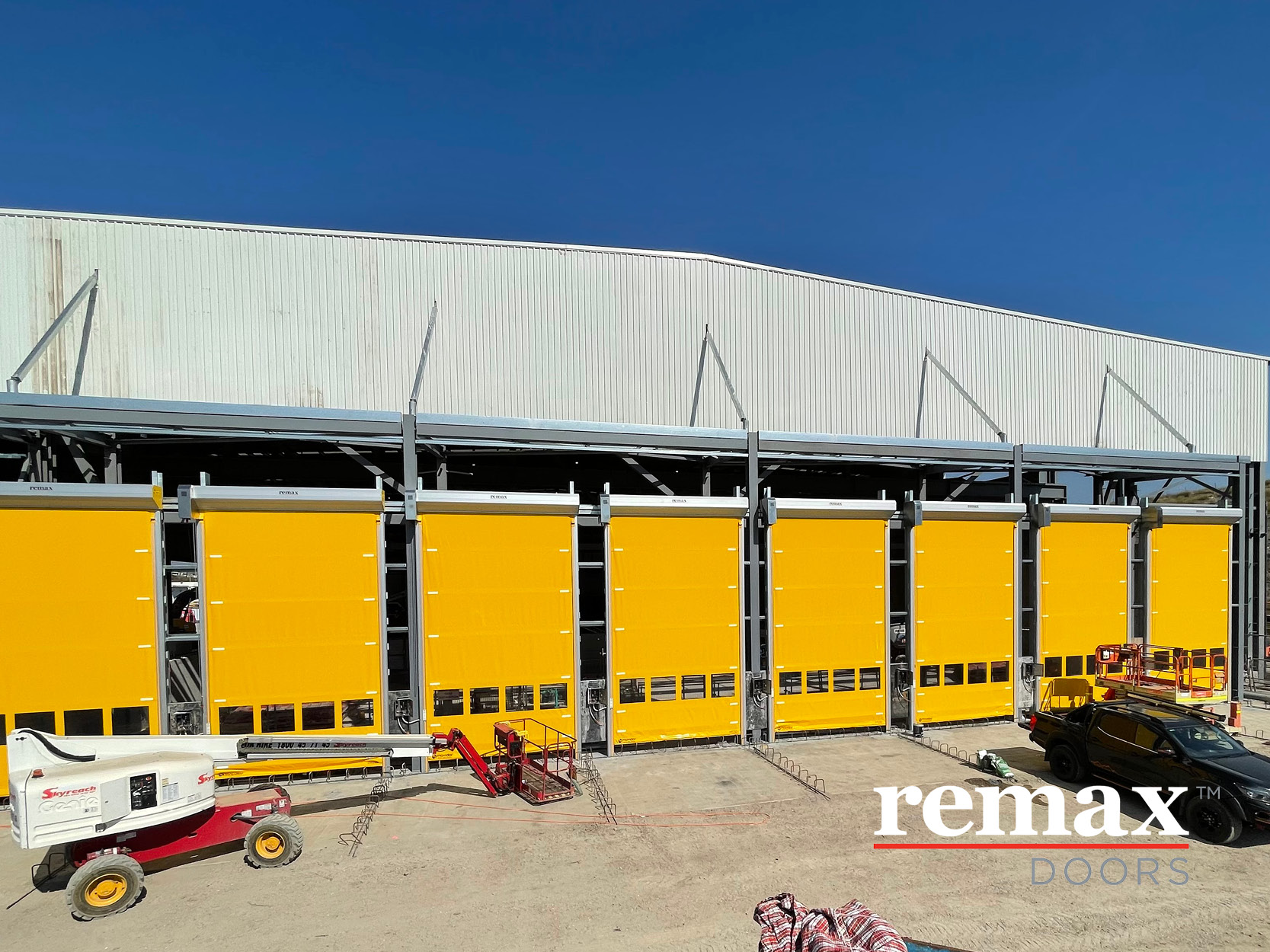Waste Management Facilities and Five Issues and Solutions
More than a year after China stopped accepting 99% of the world’s recycling, halting the export of more than one million tonnes of Australian waste each year; waste management here in Australia has had a lot of thinking to do to resolve the waste issue at hand and come up with a solution for the ever-increasing waste.
With this in mind, what are some of the major infrastructure needs/issues which are faced by waste management facilities?
First of all, consider that typically, most waste management sites have three main area types:
- Waste receiving reception areas
- Treatment/process areas where waste may be subject to various stages – sorting, shredding, drying, sizing etc
- Waste storage areas for either incoming or outgoing waste.
1. Delivery and Departure of large garbage and recycling vehicles.
Commonly trucks unload waste and recyclables onto a tipping floor. A loader then scoops up the commingled recyclables and places them on a large, slow-moving conveyor belt, which distributes the material for inspection and separation.
Making sure that the process of waste arriving on site and drop off to the tipping floor is straightforward and quick so that the vehicles can be in and out of the facility quickly. Does the facility have large opening doors which allow for certain areas to be open, while some are closed?
2. Separate and group products
Keeping products separate i.e. for recycling purposes; cardboard, glass, plastics etc. Even though all these products may be stored at one facility, can each area be zoned. Solutions for zoning could be in the way of a barrier which also serves as a doorway.
3. Prevention of pests
Such as birds, mice and other pests. How is this handled and what products are in use? Fast acting doors at the entrance to the facility could help to reduce the amount of pests which can enter the site while in use; even during offloading of waste; a fast acting rapid door provides truck drivers with a quick acting door which opens without them having to get out of the vehicle and closes right behind them as they leave the area. And when the area is not in use, a tight seal at the bottom of the door is also vital - does a standard roller shutter have a good seal to keep out small pests?
Read about a recent project where Remax Doors worked with one of the largest Waste Recycling Facilities in Australia to provide an up to date solution for future recycling needs. Click here.
4. Prevention of odours and the boarder community
Odours and potential methane gases, these are all things which affect the broader community surrounding the facility. In most instances, the solution in place to prevent pests entering site, have double the responsibility, to prevent odours from leaving the site, as much as possible. The facility then will look to facilitate industrial and commercial fans including explosion-proof extractor fans, exhaust fans, ventilation fans, and more. As well as minimising the amount of time that an area has an open door; contain the facility as much as possible with big, fast, access doors but also the allow the facility to function with large vehicles in and out all day.
An Australian made solution such the Movidor range or large fold up door provides just that - entry and exit, containment of the area and a good seal to the ground.

5. Fire Prevention
Stockpiling: what to do with waste that has little recycling value; while waiting for the next phase of its life; is it a fire risk? It has been known for bales of rubbish to catch fire.
A large concern of waste facilities is the risk of fire - a facility which holds a lot of basic flammable products such as paper and cardboard but also other highly flammable products; for example mobile phones contain a rechargeable lithium-ion (or li-ion) battery. Li-ion batteries charge faster than traditional rechargeable batteries. That's why you can plug your iPhone or Android phone into a charger, and revving it up to at least an 80% charge happens fairly quickly; but as a result, according to a UK fire safety company: 'lithium-ion batteries has been cited as a global trigger for a rise in fires at waste and recycling plants'. Other sources of fire could be:
- hot or hazardous materials in wastes accepted at sites – such as hot ashes, lithium batteries, gas cylinders, aerosols etc
- self-heating materials, both in waste reception and storage
- hot surfaces, electrical faults, hot-works such as welding and grinding and by friction
So with all that in mind, what can be done to assist fire exposure? Firstly segretaion of different areas within the facility may help to reduce the spread of fire and to attempt to keep a fire contained, if it occurs, while fire authorities are noted and arrive onsite to help. Segregate areas and plan for each sector to be kept in its own 'cell', but allowing access between them via a conveyor system or rapid door system.
------
https://smrc.com.au/materials-recovery-facility/
https://www.metropolitantransferstation.com.au/blog/negative-effects-of-improper-waste-management/





